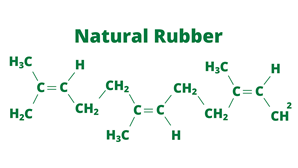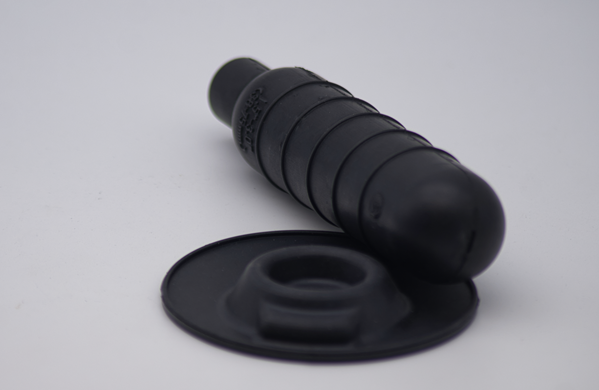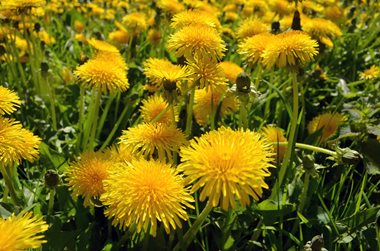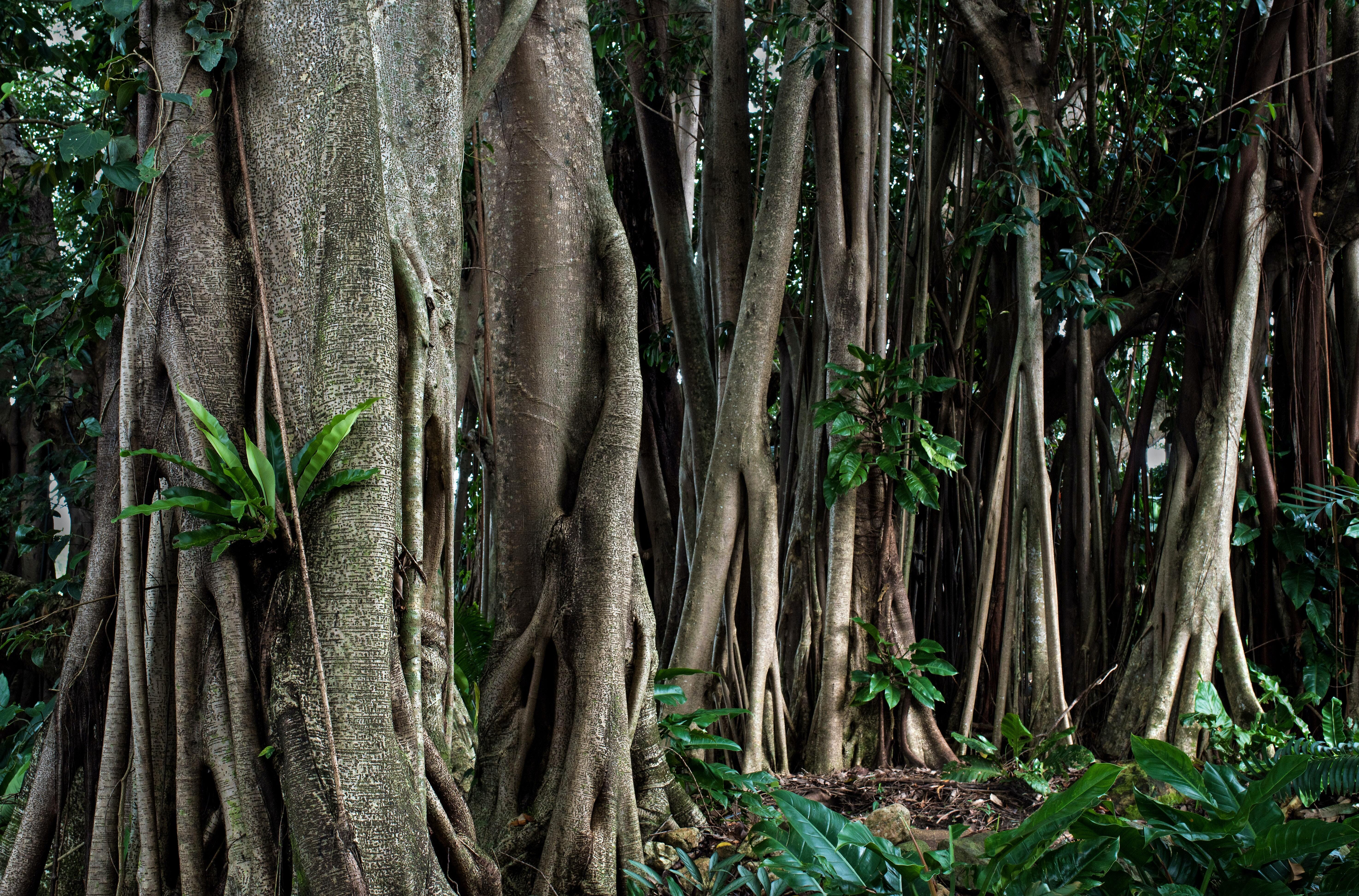Working Temperature Range:
High: 220°F / 104°C
Low: -60°F / -51°C
What is Natural Rubber?
 Natural rubber is a rubber material found in nature. It is produced by tapping trees, similar to maple syrup, not by processing petroleum. The trees produce latex, which is then processed into a usable natural rubber material.
Natural rubber is a rubber material found in nature. It is produced by tapping trees, similar to maple syrup, not by processing petroleum. The trees produce latex, which is then processed into a usable natural rubber material.
Natural rubber dates back thousands of years to civilizations like the Inca, who would use rubber to make balls for ancient sports. Back then, the biggest downside to natural rubber is that it would start to melt or get sticky when the temperature got too hot. It wasn’t until 1839 that Charles Goodyear accidentally dropped rubber on a hot stove, then went on to patent the process of vulcanization to better stabilize natural rubber and keep it intact.
Discover More Engaging Content and Exclusive Insights by Clicking Here to Explore our YouTube Channel
If natural rubber is the ideal material for your application, give Custom Rubber a call. Even if you aren’t certain, our team of experts can help guide you. Contact Custom Rubber Corp. for answers to your natural rubber questions.
Advantages of Natural Rubber
Natural rubber is the ideal choice for any product that requires high elasticity/tensile strength and abrasion/tear resistance. Natural rubber also has good vibration dampening characteristics and low compression set values. Other advantages of natural rubber include:
- Excellent tear and abrasion resistance
- Very low compression set values
- Good vibration dampening characteristics
- High tensile strength
- Bonds to a wide range of substrates
Disadvantages of Natural Rubber
Natural rubber’s main disadvantage is twofold: It does not demonstrate high resistance to heat and oils, and its cost is extremely variable in comparison to synthetic rubbers. Disadvantages of natural rubber include:
- Poor ozone and UV resistance
- Poor resistance to petroleum oil exposure
- Poor heat resistance
Commonly Asked Questions About Natural Rubber
The following questions regarding Natural Rubber applications, properties and uses are frequently asked by our customers. Custom Rubber Corp. is here to provide answers and assist in your decision making process.
Q: What is natural rubber used for?
While natural rubber is a key ingredient in many rubber products, there are few goods produced with solely natural rubber. More often, end products are made of a combination of natural and synthetic rubbers. That being said, natural rubber has great bounce and rebound as well as excellent tear strength and elasticity. It’s also abrasion resistant, making it an ideal material for car tires.

Other products made of natural rubber include:
- Tires for cars and aircraft
- Surgical gloves
- Rubber bands
- Medical devices
- Clothes
- Motor mounts
- Pacifiers and children’s toys
- Balloons
Q: What resource does natural rubber come from?
Trees! There are over 2,500 trees that produce latex, a thick milky sap similar to maple syrup, but the most common is the rubber tree. Latex is processed through drying, smoking and other means to produce natural rubber materials.

Latex is often grown on rubber tree plantations in tropical climates. Rubber trees six years or older can be tapped annually for around 24-30 years. In recent years, the sustainability movement has prompted suppliers worldwide to seek out alternatives to rubber tree plantations in favor of sap from different plants like dandelions or the guayule plant.
You can even make your own dandelion latex at home using stems from the plant. If you collect 20 dandelions from your backyard and break off each stem, you can squeeze the white liquid from the stems onto a plate, and wait a few minutes for it to dry clear. Once dry, you can scrape it off the plate with your fingers, then roll it into a bouncing ball or use it as an eraser.
Q: What are the characteristics of natural rubber?
Natural rubber can be formulated and combined with synthetics to achieve different states for different applications, but without alteration, it has several key identifying properties:
- Excellent abrasion resistance
- Excellent vibration isolation
- High tensile strength
- Poor ozone and UV resistance
- Poor oil resistance
Q: Is natural rubber safe?
Yes, natural rubber is a safe material, but some people do have an allergy to the latex used to create it. This is why products made of mostly natural rubber, like surgical gloves, also have synthetic alternatives available.
Fun fact: You can even compound a natural rubber formula that’s on the FDA-approved list of ingredients. While no one, especially not the Custom Rubber Corp. team, recommends eating natural rubber, it’s technically so safe you could ingest it.
Q: What is the difference between natural rubber and synthetic rubber?
Natural rubber is made from latex sap from rubber trees or other plants that produce latex. Synthetic rubber is made from petroleum. There is actually a synthetic version of natural rubber called polyisoprene. It is not as widely used as natural rubber, but it does have some advantages over natural rubber with similar physical properties.
This article provides more information on the differences between natural and synthetic rubber. If you have specific questions on differences, you can also contact the Custom Rubber Corp. team.
Q: Why is natural rubber better than synthetic?
Neither natural nor synthetic rubber is overall “better.” Choosing which one to use depends entirely on your application, the same way basketball shoes are better suited for the court than the track and track spikes will do better on a track than in a gym.
Q: Is natural rubber expensive?
This question is difficult to answer as it really depends on the day and the state of the market. If more farmers than usual planted rubber trees six years ago, the price will be lower. If fewer rubber trees are available to tap, the price will rise.
If you’re interested in seeing the details on the volatility of natural rubber prices, Trading Economics collects and organizes historical and current data on price.
Q: How long does natural rubber last?
This question depends not just on your application, but also on the formula used to create the natural rubber you use. In an untouched state, natural rubber will last indefinitely as long as it remains temperature stable. Too hot and it will melt, too cold and it will freeze up like an ice block, losing its stretch. There is no shelf life on natural rubber until you add a catalyst, like sulphur. At that point, the clock starts ticking. As long as it's stored at a stable temperature and kept away from oil, it should last 2-4 months in this state.
Natural rubber can be formulated to last much longer depending on your application. Finished parts can last a long time depending on how they’re used, handled and stored.
Discover More Engaging Content and Exclusive Insights by Clicking Here to Explore our YouTube Channel
Q: Is natural rubber biodegradable?
Natural rubber is biodegradable. It’s made from plants, and will start to break down when thrown away. However, just because something is biodegradable doesn’t mean you can toss it in your compost bin. Natural rubber, specifically, takes decades to break down. Some natural rubber balloons can remain intact up to a full year without changing shape or noticeably breaking down. Some estimates say a pair of latex gloves take 80 years to fully break down.
Q: Is natural rubber waterproof?
Natural rubber can be waterproof if formulated that way. The end result won’t be porous, but it will be more waterproof than cotton, for example.
Q: Where does the US get its rubber from?
The main suppliers of natural rubber worldwide are located mostly in Asian countries near the Equator. The top five nations exporting rubber are:
- Thailand
- Indonesia
- Ivory Coast
- Vietnam
- Malaysia
Sourcing has become a growing concern in the industry as consumers identify sustainability as a core value of their buying habits. When it comes to agriculture, sustainable practices are implemented slowly as trees turn over about every 30 years, but changes are being made in how rubber is produced, processed and disposed of.

What are the characteristics of natural rubber?
| MATERIAL |
ABBREVIATION |
VIBRATION
ISOLATION |
RELATIVE PRICE |
TEMPERATURE RANGE |
OZONE, UV RESISTANCE |
OIL RESISTANCE |
| Natural |
NR |
Excellent |
Good |
-60F to 220F |
Poor |
Poor |
| Butyl |
IIR |
Excellent |
Fair |
-75F to 250F |
Good |
Poor |
| Ethylene-Propylene |
EPDM |
Good |
Excellent |
-70F to 250F |
Excellent |
Poor |
| Nitrile |
NBR |
Good |
Good |
-30F to 250F |
Poor |
Excellent |
| Neoprene / Chloroprene |
CR |
Excellent |
Excellent |
-60F to 220F |
Good |
Fair |
| Silicone |
VMQ |
Good |
Fair |
-175F to 450F |
Excellent |
Fair |
Is Natural Rubber the right material for your application?
Get a quote from the Custom Rubber Corp. team.
Other Rubber Materials We Specialize In: